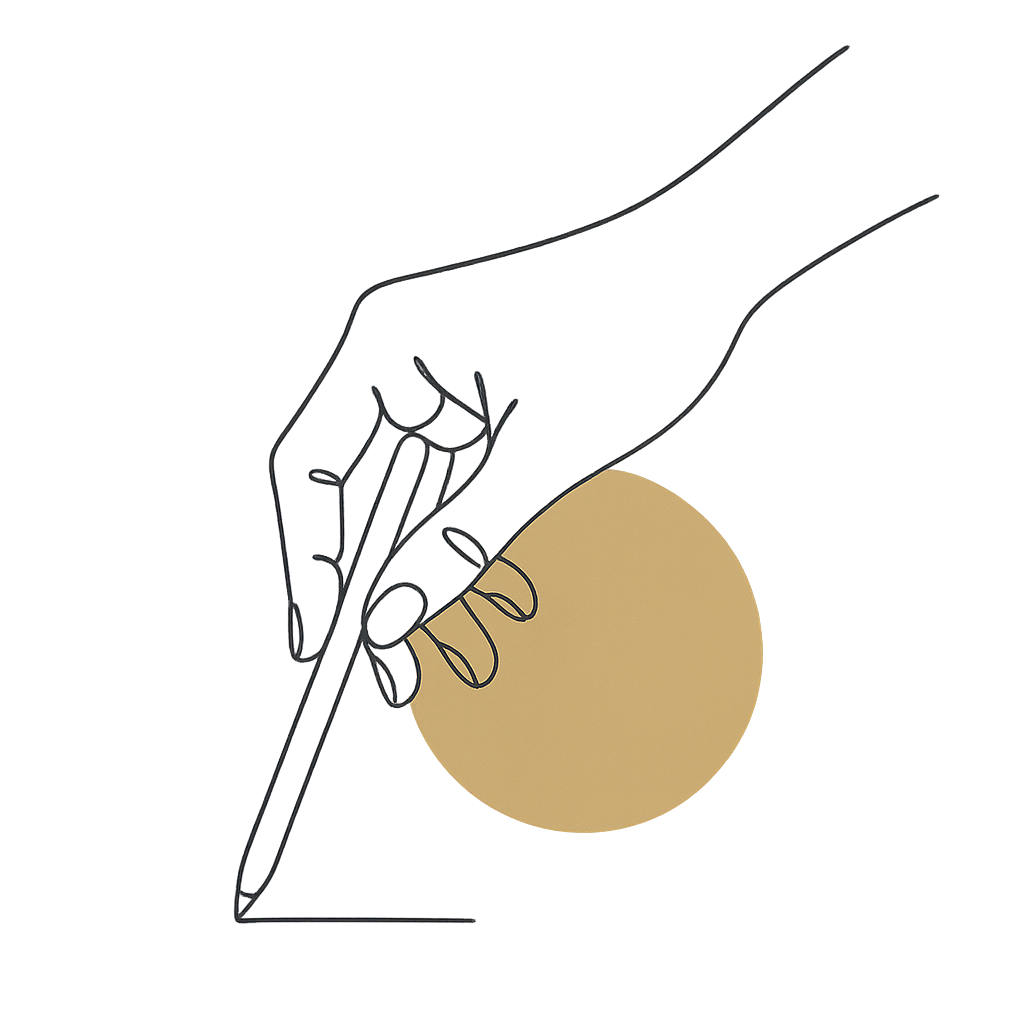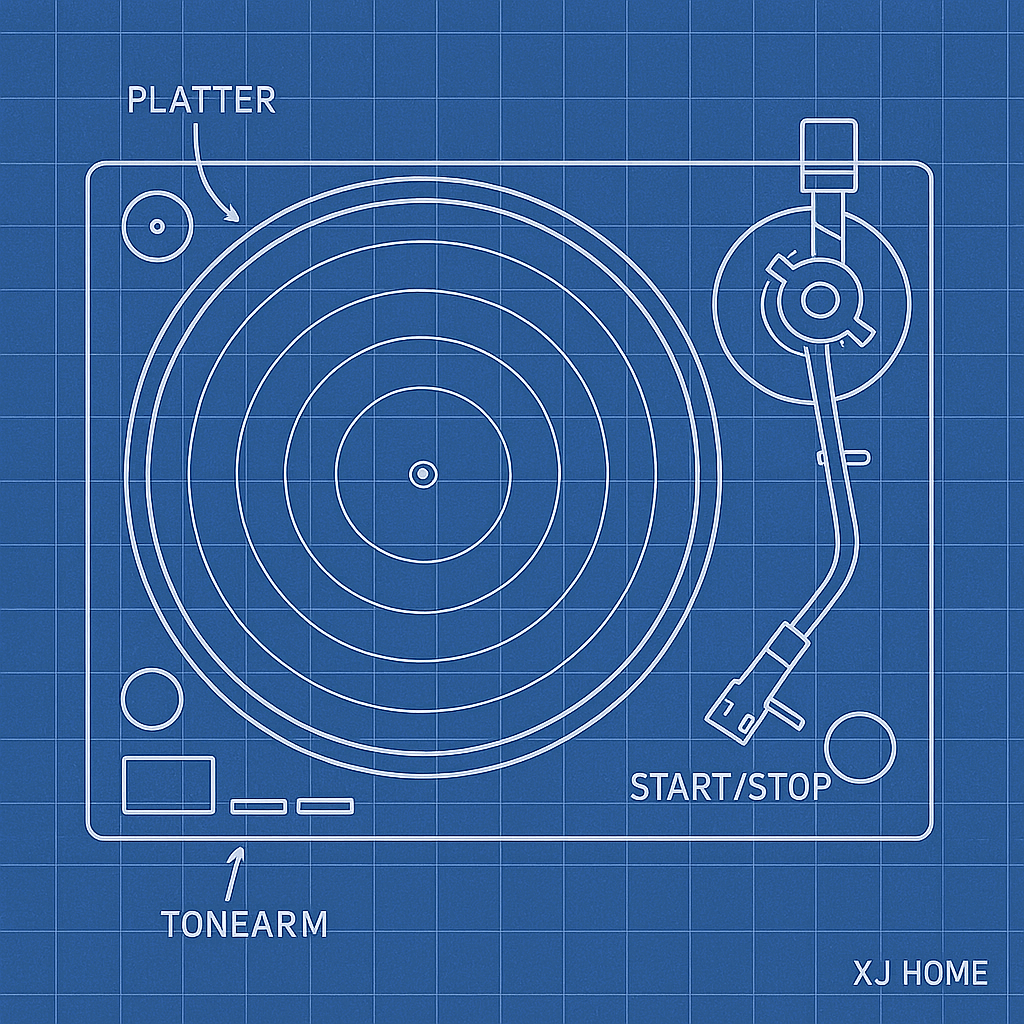In the intricate ecosystem of an analog playback system, every component, no matter how seemingly small, can contribute to the final sonic tapestry. Among the most debated and experimented-with elements are turntable mats and platter accessories. While some turntables are designed for direct-to-platter record placement, many benefit significantly from a carefully chosen mat. And for those seeking to further refine their setup, accessories like record weights and clamps offer another layer of potential optimization.
But this isn't just about adding another gewgaw to your rig. The right mat or accessory can genuinely address issues like unwanted resonance, static electricity, and record slippage, ultimately allowing your stylus to retrieve more information from the groove with greater accuracy. It's a realm where material science, mechanical principles, and subjective listening experience converge. As we often emphasize at XJ-HOME, this pursuit of nuanced improvement is at the heart of the audiophile journey.
Part 1: The Humble Mat - An Unsung Hero of Vinyl Playback
A turntable mat sits between your record and the platter. Its primary functions are to provide a supportive and non-resonant interface, to damp vibrations (both from the record itself and from the platter/motor), and sometimes, to help manage static.
Material Matters: A Tour of Common Mat Types
The material of a mat is its defining characteristic, influencing its damping properties, its interaction with the vinyl, and its overall sonic signature.
-
Felt Mats:
-
Pros: Often supplied as standard with many turntables (especially budget to mid-tier). Good at isolating the record from platter vibrations if the platter itself is resonant. Can reduce static buildup to some extent. Inexpensive.
-
Cons: Can attract dust and transfer it to records. May not provide the firmest support, potentially leading to a slight loss of detail. Can sometimes "stick" to records due to static. Sonically, often considered a bit "soft" or "woolly" by discerning ears.
-
The Takeaway: A decent starting point, but often the first thing many enthusiasts upgrade.
-
-
Rubber Mats:
-
Pros: Excellent damping properties, good grip on the record (prevents slippage). Can provide a solid, stable foundation. Effective at absorbing vibrations from both the record and the platter.
-
Cons: Some rubber compounds can outgas or leave residues on records over time (less common with modern, quality mats). Can sometimes make the sound a bit "over-damped" or "dead" for some tastes, depending on the rest of the system. Static can still be an issue.
-
The Takeaway: A solid performer, often favored for a controlled, focused sound. Quality varies significantly.
-
-
Cork Mats:
-
Pros: Natural, sustainable material. Good damping properties, often described as providing a balanced, natural sound – not too bright, not too dull. Can help reduce static. Relatively inexpensive.
-
Cons: Can be less durable than rubber or leather over the very long term. The sonic effect can be subtle. Some users mix cork with other materials (e.g., cork and rubber composites) for tailored results.
-
The Takeaway: A popular upgrade from felt, offering a noticeable improvement in clarity and a more organic presentation for many systems.
-
-
Leather Mats:
-
Pros: Offers a unique interface. Often lauded for providing a smooth, refined, and detailed sound with good control over bass frequencies. Can look very luxurious. Good at damping and often helps reduce static.
-
Cons: Can be more expensive than felt, cork, or basic rubber. The sonic effect, while often positive, can be system-dependent. Some prefer suede side up, others smooth side up, leading to further experimentation.
-
The Takeaway: A favorite for many audiophiles seeking a touch of warmth and refinement.
-
-
Acrylic (or other Polymer) Mats:
-
Pros: Designed to mimic the mechanical impedance of vinyl itself, the theory being that this creates a seamless interface, allowing vibrations from the record to pass into the mat and dissipate effectively. Can lead to a very clear, detailed, and dynamic sound. Often used on turntables with acrylic platters for a matched-material approach.
-
Cons: Can be more expensive. Some find them to sound a bit "clinical" or "bright" in certain systems. Static can be an issue if not addressed.
-
The Takeaway: A good choice for those prioritizing detail retrieval and clarity, especially if their turntable already has an acrylic platter.
-
-
Specialized Composite & Exotic Mats:
-
Pros: This category includes mats made from carbon fiber, graphite, specialized polymers, or combinations of materials. They often aim to provide the ultimate in vibration damping, resonance control, and a neutral sonic presentation.
-
Cons: Usually the most expensive options. The sonic benefits can be highly system-dependent and sometimes subtle for the price.
-
The Takeaway: For the audiophile seeking the last few percent of performance, these can be worth exploring, but auditioning is highly recommended.
-
The "No Mat" Philosophy: Some turntables, particularly those with heavy, well-damped platters made from materials like Delrin, POM, or even glass or slate, are designed to have the record placed directly on the platter surface. The platter itself is engineered to provide the optimal interface. Always follow the manufacturer's recommendation in these cases.
Part 2: Beyond the Mat - Platter Accessories for Enhanced Stability & Damping
Once you've considered your mat, other accessories can further refine the record-platter interface.
Record Weights (Center Weights):
A record weight is a puck-like object, typically made of metal (brass, stainless steel, aluminum) or a dense composite material, placed over the turntable spindle on top of the record label.
-
Purpose:
-
Coupling: Helps to couple the record more firmly to the platter (and mat), improving the transfer of vibrational energy away from the record.
-
Damping: The added mass can help damp vinyl resonances, leading to a clearer, more focused sound, often with tighter bass.
-
Flattening Mild Warps: Can help to flatten minor warps in a record, ensuring better stylus contact.
-
-
Considerations:
-
Turntable Compatibility: Crucially, ensure your turntable's motor and bearing are designed to handle the extra mass. Using too heavy a weight on a turntable not designed for it can cause premature wear to the bearing and strain the motor. This is especially true for some suspended sub-chassis designs or entry-level turntables. Always check your turntable manufacturer's recommendations.
-
Weight Amount: Weights vary from a couple of hundred grams to over a kilogram. The "right" amount is system and turntable dependent.
-
-
The Takeaway: Can be a very effective upgrade, particularly on turntables with robust bearings and platters that benefit from additional damping.
Record Clamps:
Unlike weights that rely on mass, record clamps grip the spindle and apply downward pressure to the record, often around the label area.
-
Types:
-
Screw-Down Clamps: These usually have a collet that grips the spindle and a knob that you tighten to apply pressure.
-
Friction-Fit Clamps: Simpler designs that push onto the spindle and use friction to hold the record.
-
-
Purpose:
-
Coupling & Damping: Similar to weights, they aim to improve the record-platter interface and damp resonances.
-
Flattening Warps: Can be very effective at addressing warps, sometimes more so than weights, as they can apply pressure more broadly or specifically.
-
Less Mass: Generally lighter than record weights, making them suitable for a wider range of turntables, including those with less robust bearings or suspension systems.
-
-
Considerations:
-
Ease of Use: Screw-down clamps can be a bit more fiddly than just placing a weight.
-
Pressure Application: Ensure the clamp applies even pressure and doesn't stress the record or spindle.
-
-
The Takeaway: A great alternative to weights, especially for turntables where added mass is a concern. Very effective for improving record stability and addressing warps.
Peripheral Ring Clamps:
These are more specialized and typically found in higher-end systems. A heavy ring is placed around the outer edge of the record.
-
Purpose:
-
Ultimate Warp Flattening: Extremely effective at flattening even significant edge warps.
-
Edge Damping: Damps vibrations at the record's periphery, which can be a source of resonance.
-
-
Considerations:
-
Cost & Compatibility: Usually expensive and require sufficient platter clearance. Can be cumbersome to use.
-
-
The Takeaway: A serious solution for dedicated audiophiles seeking maximum record stability and damping.
Part 3: The XJ-HOME Approach - Experimentation and System Synergy
At xenonjade.com, we believe that the journey to sonic satisfaction is paved with thoughtful experimentation. Turntable mats and accessories are prime candidates for this. What works wonders in one system might be less effective or even detrimental in another. Factors like your turntable's plinth and platter material, the cartridge you use, and even your room acoustics can influence the perceived changes.
Don't be afraid to try different options if your budget allows. Listen critically to familiar tracks. Does the accessory bring more clarity, tighter bass, better imaging, or a more natural timbre? Or does it dull the sound or introduce unwanted colorations? Trust your ears. For a wealth of user experiences and discussions on various mats and accessories, forums like Audiokarma.org have extensive threads where enthusiasts share their findings.
Conclusion: Fine-Tuning Your Foundation
The interface between your record and your turntable is a critical junction in the analog playback chain. While a high-quality turntable forms the essential foundation, mats and platter accessories offer valuable opportunities for fine-tuning, allowing you to address specific issues and potentially unlock a higher level of performance from your vinyl collection.
The key is to approach these tweaks with an understanding of their intended purpose and a willingness to listen critically. The pursuit of that last ounce of fidelity is what makes our hobby so engaging. So, explore the options, and may your platters be well-damped and your records spin true!





Leave a comment
All comments are moderated before being published.
This site is protected by hCaptcha and the hCaptcha Privacy Policy and Terms of Service apply.